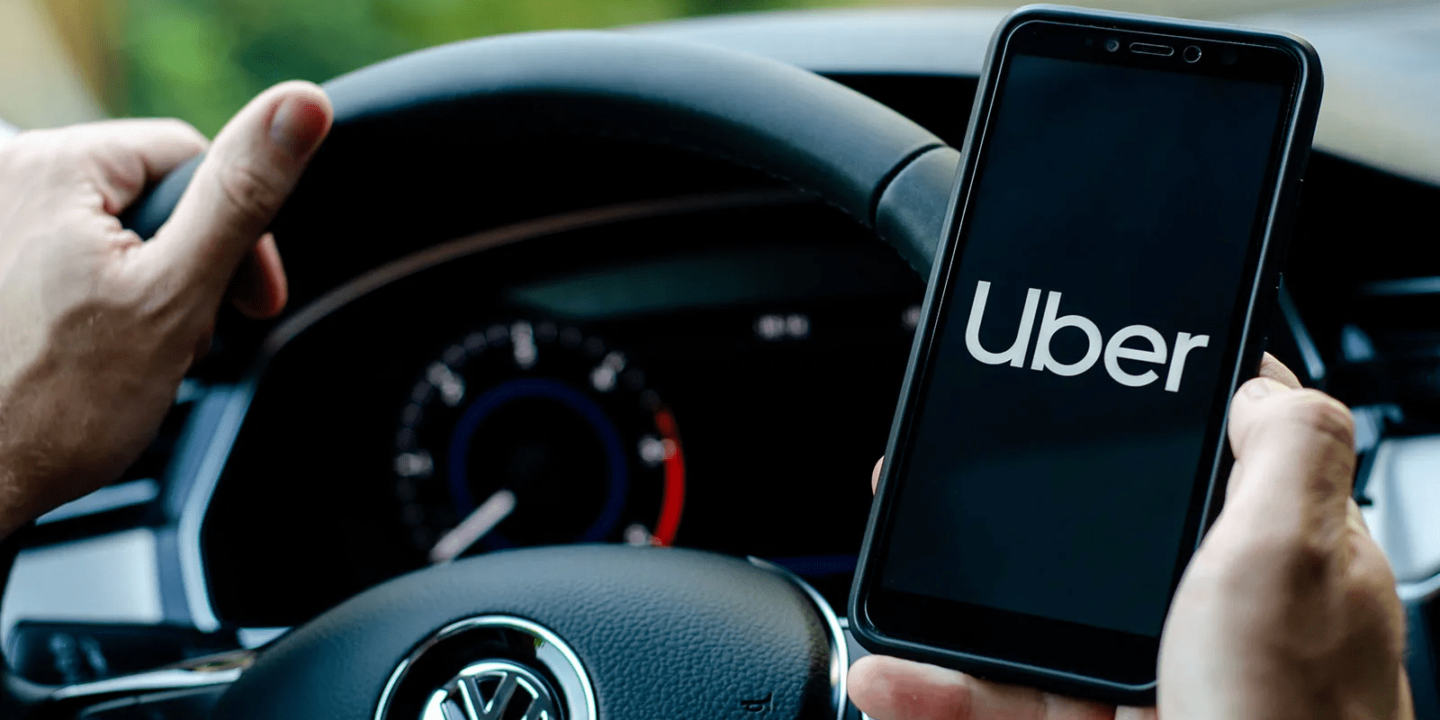
Source: Eberechukwu Etike/ Technext
Uber, the ride-hailing service, has successfully exited its loss-making startup phase and is making substantial strides toward profitability. The company earned an unexpected profit in the second quarter (Q2) of 2023, marking its first profit since its establishment. This accomplishment was attributed to various causes, including increased travel and the normalization of work-from-home schedules.
According to its Q2 report, Uber made a $394 million profit in the second quarter of 2023. During the same time period, the company recorded its first-ever operating profit of $326 million and free cash flow of $1.14 billion. As a result of this strong performance, Uber’s stock price increased by around 3.7%.
Uber’s net revenue in Q2 2023 was $9.23 billion, indicating a 14.4% year-over-year increase in revenue from Q2 2022. Furthermore, Uber recorded a 16% increase in gross bookings, totaling $33.6 billion. The company’s ride revenue increased by 25% to $16.73 billion, while delivery revenue increased by 12% to $13.88 billion.
Speaking on this, the Uber CEO, Dara Khosrowshahi said:
Robust demand, new growth initiatives, and continued cost discipline resulted in an excellent quarter, with trips up 22% and a GAAP operating profit, for the first time in Uber’s history. These results also translated into strong driver and courier engagement, with 6 million drivers and couriers earning a record $15.1 billion during the quarter. Both of these milestones were achieved through a combination of disciplined execution, record audience, and strong engagement. Uber is well-positioned to sustain strong, incremental profit generation.
Looking ahead, Uber projected gross bookings of between $34 billion to $35 billion in the current quarter and adjusted earnings before interest, tax, depreciation, and amortization (EBITDA) of between $975 million to $1 billion, surpassing analysts’ forecasts.

Overall, Uber’s strong performance in Q2 2023, driven by disciplined execution, a record audience, and strong engagement, demonstrates the company’s ability to sustain intense and incremental profit generation, marking a significant milestone in its journey toward profitability.
In a notable development, the ride-hailing service announced that Chief Financial Officer, Nelson Chai will be stepping down from his position, with the effective date set for January 5. This departure is considered one of the most high-profile exits since the company’s initial public offering in 2019.
Currently, it is actively conducting a search to find a suitable candidate to fill the role of Chief Financial Officer and lead the financial operations of the company.
Speaking on the departure, Nelson Chai said in a statement that:
“When I joined the company in 2018, Dara asked me to lead the financial transformation of the company. As you can see from our Q2 results, that transformation has occurred. I am very proud of the great work we have all accomplished and thank Dara for his partnership.”
Chai’s impending departure coincides with Uber’s transformation into a more mature and stable company. Despite facing challenges posed by elevated inflation rates, Uber’s core business has proven resilient as customers are still willing to pay a premium for the convenience of hailing a ride and having food delivered to their doorstep.
Previously, Uber experienced difficulties due to a shortage of drivers, resulting in increased fares and longer wait times. However, the company has successfully addressed this issue and managed to surpass pre-pandemic driver supply levels. In the second quarter, the driver supply increased by an impressive 33% compared to the previous year.
To further enhance its services, Uber has been proactive in introducing new features and products on its app. Some notable additions include a teen rides program, which allows teenagers to use the service with certain restrictions, the ability to book group and guest rides, video gift messaging to add a personalized touch to the experience, and even a boat service, expanding its offerings beyond just land-based transportation.
Source: Eberechukwu Etike/ Technext





